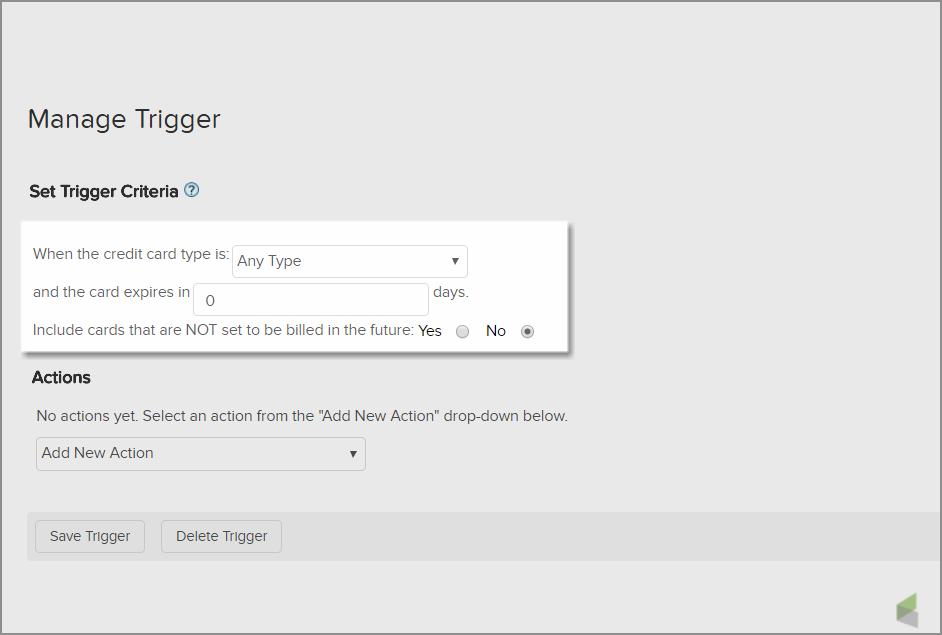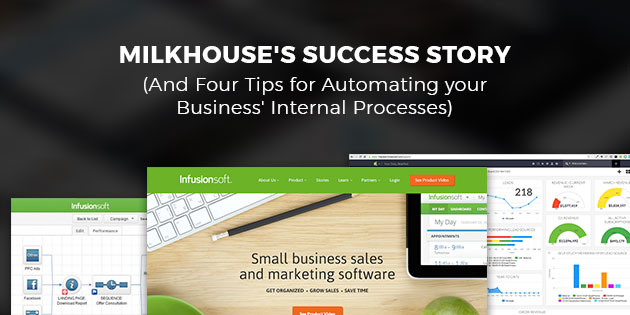Automation is the key to greater efficiency and cost-cutting in your business. Find out how Milkhouse automated many of its internal processes to ensure tasks got completed.
There are a lot of small tasks that a business has to complete in order to operate effectively. Beyond all of the sales and marketing, you have things like data entry. When done manually, that’s a process that takes a lot of time. And of course, mistakes often get made along the way.
Automation can help you to make such processes more efficient. This, in turn, creates an optimised business that generates lower costs and delivers better services.
Those aren’t the only benefits of automating your internal processes either. Availability improves as your automation allows aspects of the business to operate 24/7. If you have a global business, that’s essential because you’re dealing with people from different time zones.
Automation can also boost productivity throughout the business. Plus, it reduces the number of errors made. A human who’s spent the last six hours entering data into a system will get fatigued and may start making mistakes.
An automated process never has that problem.
Milkhouse found themselves in a position where their business processes weighed heavily on the company. This is how they used automation to create change.

Milkhouse’s Internal Automation – A Case Study
In many ways, Milkhouse is as traditional a business as you can find. Since 2002, the company has made candles. But they do it with a twist. Their candles are soy-based, which gives them a unique selling proposition.
The company started as a little cottage industry. But founders Eric and Janet wanted to scale.
They wanted to build their own brand so that they could cut out the middleman.
The Challenge
The key challenges arose as the company began scaling. They built a website and put a lot of marketing processes in place. This led to them getting more customers.
But it also created a lot more work.
The company soon found that it struggled to keep up with all of the tasks that this increased demand created.
The Solution
Eric and Janet solved the problem through the use of a CRM. This allowed them to create automated internal processes to help them keep track of their tasks.
The company uses a range of automations to ensure important tasks get completed. For example, they’ve created a reminder automation that sends prompts to their salespeople. This ensures they follow up with customers when needed.
They’ve also created a range of automations that help them to keep track of their relationships with wholesalers.
These internal automations cut out a lot of tedious manual work. Milkhouse’s people now receive automatic notifications whenever they need to complete a task.
The End Result
Milkhouse now operates a thriving candle making business. They’ve grown from a tabletop operation to running the United States’ biggest manufacturing facility for soy candles.
Automation means they can focus on what truly sells – their excellent customer service.
What You Can Learn
Internal automation allowed Milkhouse to confront the challenges of scaling their business. As the business grew, they used automation to deal with manual tasks.
This left their people free to focus on providing excellent products and service.
Here are four tips that you can learn about internal automation from their story.
Tip #1 – Automate Your Most Consistent Processes
Small business owners tend to want to automate as much as possible. The idea is to free up as much of their time as possible so that they have more room for strategic work.
That’s key to achieving growth.
However, it’s also important that you don’t lose the human element from the business.
Generally speaking, your most consistent processes are the ones that are the best candidates for automation during this early stage of growth.
The processes that require the most time and resources are good places to start. Any processes that suffer from human error issues are also worth putting under the microscope.
In Milkhouse’s case, this meant automating processes related to staff reminders. They still has the human element in terms of staff completing tasks. However, as the client base grew, allowing tasks to slip through the cracks became more common.
Creating an automated reminder and notification system proved an elegant solution to the problem.
Focus on the consistent processes first to get some immediate wins from automation. From there, you can start looking towards automating more complex processes.
Tip #2 – Document All of Your Processes
You may not fully understand what goes into each of your business processes. This is especially common among smaller businesses as they grow. You know how you used to do something. But as you bring more people on board, the process can get muddied.
This is where an analysis stage can help.
Step back and assess each of the processes that help your business to function. Document everything, including:
- The tasks associated with the process.
- Who’s responsible for each task and what their job entails.
- The most difficult aspects of the task.
- Any areas where automation might improve the task or process.
Refer back to these documents when making your decisions. They’ll help you see where there are manual processes that you could improve.
If you have employees, involve them in this process. Ask them about the steps they take to complete the task. You may find that they use techniques that you’re not aware of.
You can also use these documents to create an automation roadmap. Assign a priority level to each task and focus on the most important first. You can then work your way through the list until you’ve covered every process.

Tip #3 – Find the Right Tools for the Job
In Milkhouse’s case, Infusionsoft ended up being the right CRM for them. It allowed them to create automations and generate reminders for their people.
This is something that Automation Agency can help you with, regardless of your CRM. We can help you to build automations that generate tasks and send reminders as needed. As a lead progresses through your sales funnel, the automation handles the creation of the next steps.
Your people just have to execute them.
The key is that you’re careful when selecting the tools that you use. For example, you may collect a lot of paper records from leads. If that’s the case, a tool that can read those records and turn them into data for your CRM can help.
Many CRMs also allow you to integrate other tools. This can make the CRM more robust and ensure it handles all of the automations you require. Again, this is something that Automation Agency can help you to set up. Just let us know what function you need to integrate into your CRM and we’ll help you locate the right tool.
Tip #4 – Repetitive Tasks Are Key
It’s the repetitive tasks that often take up the most time in a business.
For Milkhouse, those tasks related to the constant checking of their data to find out the status of their leads. Their people spent time figuring out a lead’s status before deciding on an action.
Other repetitive tasks might include updating a lead’s status after taking an action. Or, you may have someone in place who’s constantly entering new leads into the system.
And sometimes, this data has to get entered into multiple systems. That creates even more work. Plus, it opens the door for data redundancy.
These are all time-intensive tasks that you can automate.
Follow the trail of repetition within the business. This will instantly highlight tasks that could benefit from automation.

The Final Word
Milkhouse enjoyed massive benefits when they focused on the internal automation of their tasks. A simple reminder system has saved its staff so much time. Now, they don’t have to worry about manually tracking the status of leads.
They can rely on their CRM to inform them. That means they can focus more on taking action and actually serving customers.
Automation Agency can help you to unlock the power of internal automation. Send us a task if you’d like to build reminders into your internal processes. We can also help if you need to integrate a new tool into your CRM.
Of course, there may be some of you who aren’t sure if we’re the right choice for your business. If that sounds like you, have a chat with our Right Fit Chatbot.


